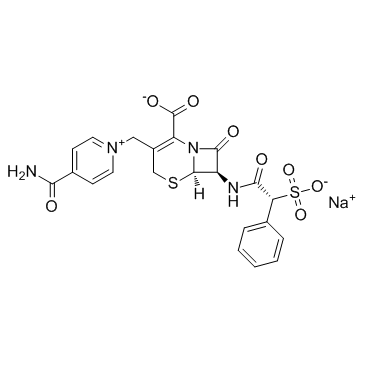| Structure | Name/CAS No. | Articles |
|---|---|---|
 |
cefsulodin sodium
CAS:52152-93-9 |
|
 |
2-Phenylethyl β-D-thiogalactoside
CAS:63407-54-5 |